Indigenous Roots of the Dream Catcher
The nations indigenous to the United States have legends and traditions dating back thousands of years. Much like any other culture, these legends tell stories of how the world was created, detail the purposes of plants and vegetation, explain how men and women came to be, and address other aspects of history and geological changes.
There were also legends of the spirit world and the deepest recesses of the mind—which were thought by some to play out in a person's dreams. These dreams, while believed to be revealing in nature, could be affected by the energy in the area that was slept in. The Ojibwe Nation (sometimes spelled Ojibwa) created what is now known as "dream catchers."
This tribe is also known as the Chippewa. These hoops entwined with thin rope or netting into a web or "snare" were thought to change the very energy of a room by trapping everything negative within the weaving.
In the last fifty years, the tradition of the dream catcher has been adopted by many Native American tribes; however, the first ones were exclusive to the Ojibwe. They were indigenous as far north as Ontario, Canada, and states such as Michigan, Wisconsin, North Dakota, and Minnesota.
The popular "spider web" dream catcher is very close to the designs of the first ones. They can be as small as 3 1/2 inches across and are best made with the brightly colored red willow that is collected from the first days of spring or dogwood. Sinew (animal tissue) was used by many for the thread in the original dream catchers, as well as nettle-stalk fiber.
Original Spider Web Dream Catcher
In the original spider web dream catcher, the willow is made into a circle. The willow from early spring is softer and more pliable and can easily be formed. Once the circle is dried, sinew or nettle fibers are tied at seven points of the circle, representing the seven prophecies attributed to Asibikaashi, or "the great spider".
These seven rays meet in the center where, in some of the early dream catchers, a stone is placed representing Asibikaashi. Within the seven rays, eight strands are interwoven, representing the spider's eight legs. The result looks very much like a spider web.
These were hung over people's beds, with special care given to the dream catchers of infants.
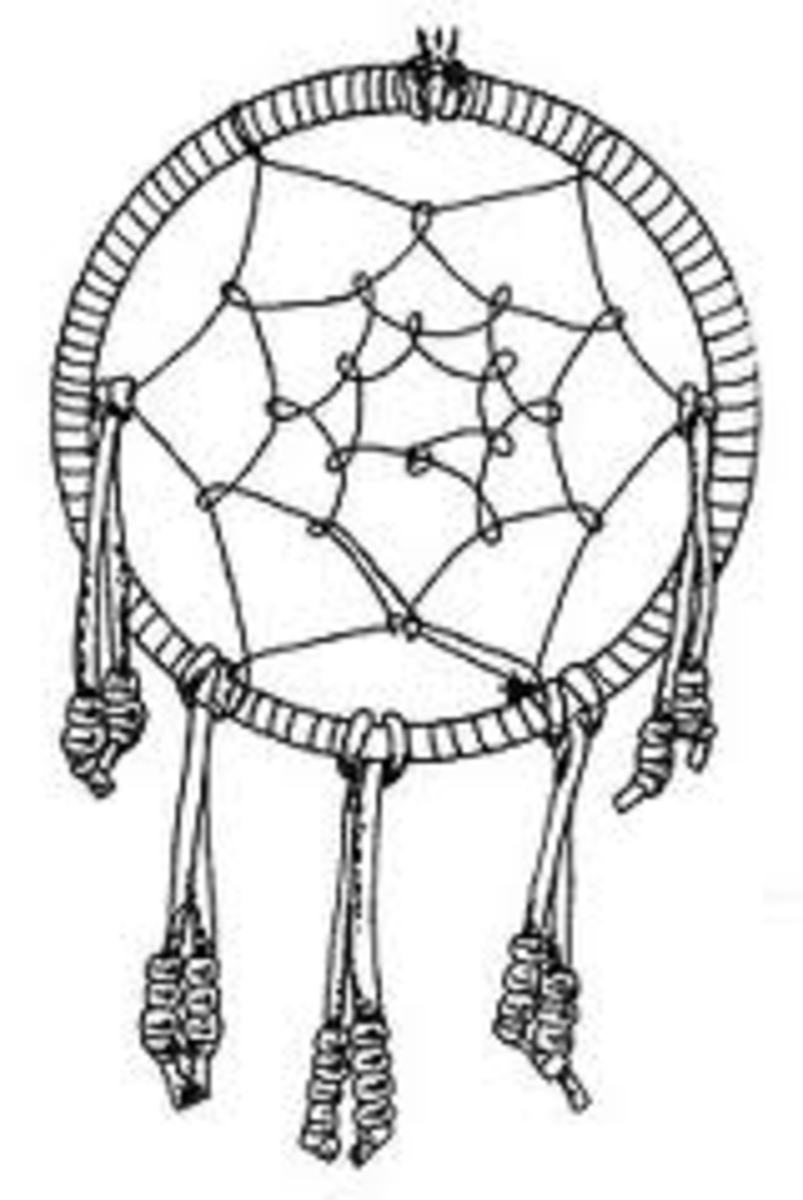
Legends and Stories of Dream Catchers
In time, as other Native American tribes adopted the tradition of dream catchers, the legends and stories behind their origin would vary. In the Ojibwe legends, the dream catchers served to catch any negative energies that were in the room, and the dreams of those who slept there would be good ones.
In other nations, the legends would say that the good dreams passed through the weaving uninhibited while the bad dreams were caught in the snares. The designs would change as well, and the more common dream catcher patterns that are seen today were actually based on a children's game involving a hoop with weaving similar to the dream catchers. This game would have one person roll the hoop on the ground while another tried to throw a wooden stick or spear through the hole while it was moving.
Dream Catchers Should Be Handcrafted
Dream catchers became especially popular in the later sixties and seventies when many "new age" groups outside of the Native American cultures began designing them for mass profit. Because of this, many indigenous people, as well as their supporters, object to the popular image of dream catchers, believing that the culture that originated them is being ignored.
They're simply made and sold out of products that are not part of the circle of life—rather they are produced from metal and man-made textiles. The story that is supposed to come from each individual dream catcher doesn't have the same meaning without the time and care it takes to handcraft each individual one.
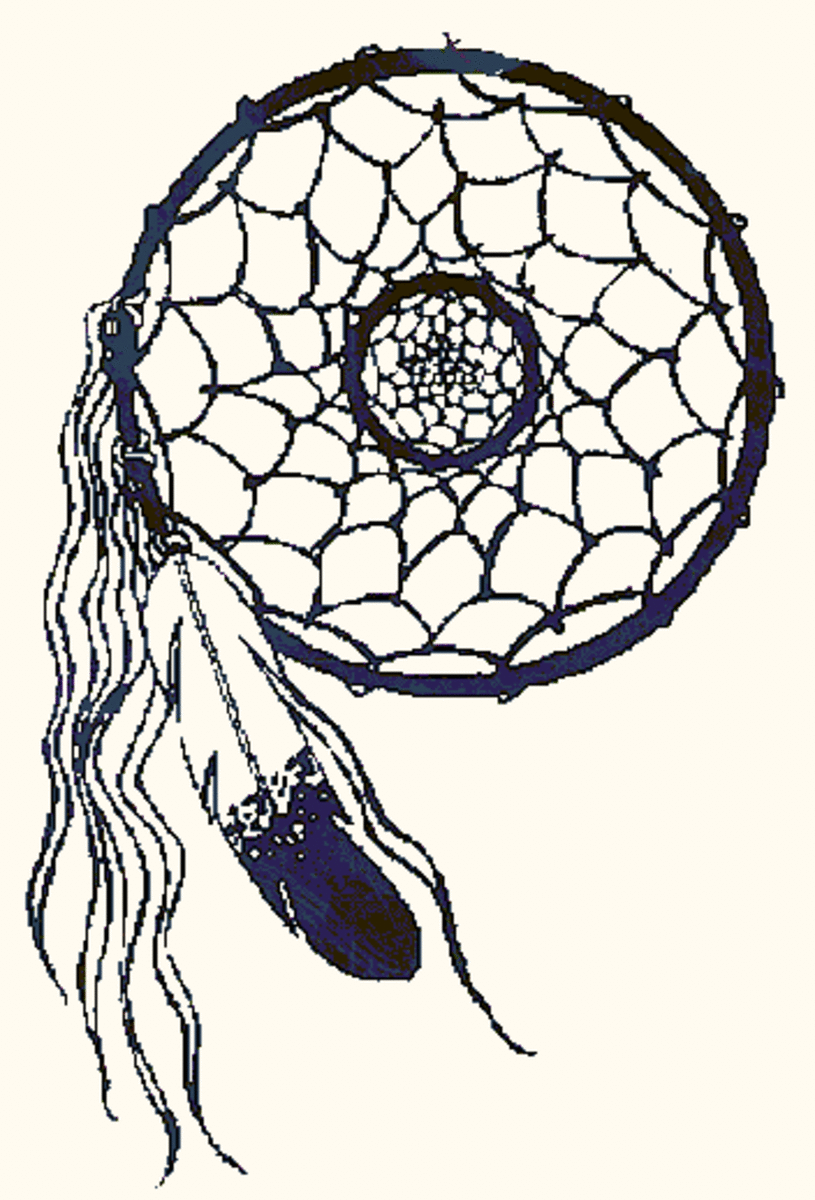
The Dream Catcher
Frances Densmore
Few have worked as tirelessly as Frances Densmore (May 21, 1867 – June 5, 1957) to preserve the culture and history of the people native to what is now the United States. Born in Redwing, Minnesota, she grew up listening to the distant drum beats of the nearby villages. Her mother encouraged her love and appreciation for the purity of Native American music.
She was a student at both the Oberlin Conservatory of Music and Harvard University in the later 19th century and studied for many years under Alice Cunningham Fletcher, the author of A Study Of Omaha Music (1893). She then spent much of her life preserving the history of Native American customs and cultures.
Her first hands-on education into the life of Native Americans began when she made a visit in 1905 to an Ojibwe village in Minnesota. It was due to her urging that the Smithsonian Institute's Bureau of Ethnology would provide financial backing for her to continue Native American studies. This forged an alliance between these nations and the institute until her death in 1957.

Frances Densmore and Native American
The Dream Catcher and Chippewa Customs
In Densmore's 1979 book Chippewa Customs, she addressed the subject of dream catchers by saying that they represented spider webs. Everything that was potentially harmful was snared in the web, protecting the energies of those sleeping there, especially young children.
The Ojibwe made many crafts from the resources available to them, most of which had meaning that needed to be understood while weaving the dream catchers. Some of these, including the original dream catchers had to do with legends of ancient prophecies. One of these was the Seven Fires Prophecy of the Anishinabe.

Seven Fires Prophecy and the Making of the Dream Catcher
According to Ojibwe custom, as dream catchers are being made, the story of the Seven Fires should be told and pondered upon. The story itself involves the Seven Prophets coming to the Atlantic coast of North America to the Anishinabe, or the first people.
When the Seven Prophets arrived many years ago, all was well with the land. The prophets then gave the people seven prophecies which came to be known as the Seven Fires. These prophecies included the changes that would happen to the land in the coming years, the many moves that would be required to continue sustaining life, and, most importantly, the coming of a race of people that would diminish the Anishinabe. The prophets said they should be looked at with caution.
The prophecies went on to say that the people would be driven from their lands and homes by the light-skinned race and went on to describe the eventual destruction that would come to the land. Out of this destruction, the New People would be born and seek to continue their ancestors' voices.
Dream Catchers of Today
The tradition of the dream catcher spread to other nations, such as the Cherokee and the Lakota. Each had their own variation on the legend and their own unique designs. Cherokee dream catchers have a more elaborate design, and the importance of numerology is represented by the interlocking circles. These later dream catchers would often have many beads and feathers adorning them and were as wide as six-twelve inches across.
It is important to mention that if you are going to make your own dream catcher to respect the history that goes into making them, the legends of the original ones, and to choose materials such as the willow and sinew or nettle that were used in the beginning. Dream catchers should be made with a person's unique imprint and should never be represented as a true Native American artifact. A law passed in 1990 protects Native Americans from others using their influence to claim an artifact is authentic.
Dream catchers are beautiful pieces of art with an even deeper meaning of prophecy and healing energies. The history behind them has often been misinterpreted or lost to time. It is only by learning the stories that they will continue—one dream at a time.



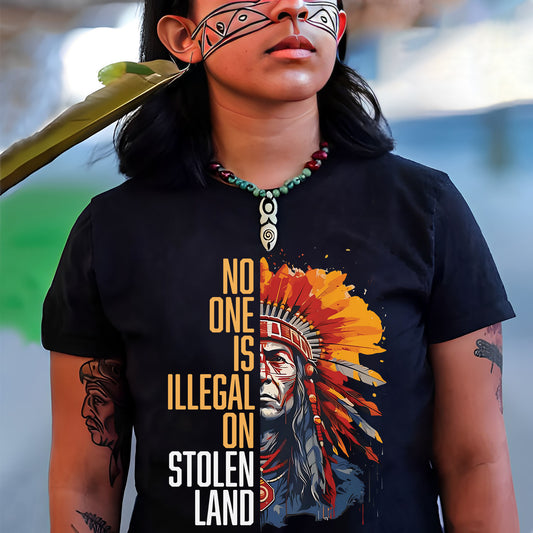

![[Two Sides] Trail of Tears The Deadly Journey Unisex T-shirt/T-shirt V-Neck/Hoodie/Sweatshirt](http://welcomenativespirit.com/cdn/shop/files/20_2bae9cf5-c07c-4ea5-a8ea-de74aa71325d_533x.jpg?v=1757466962)
![[Two Sides] Trail of Tears The Deadly Journey Unisex T-shirt/T-shirt V-Neck/Hoodie/Sweatshirt](http://welcomenativespirit.com/cdn/shop/files/gray_-2side_b51af6c7-cea9-4004-90db-cb8d883be04a_533x.png?v=1759742586)

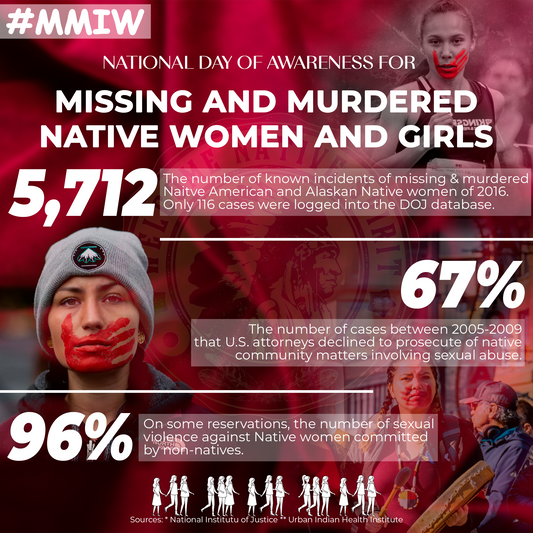
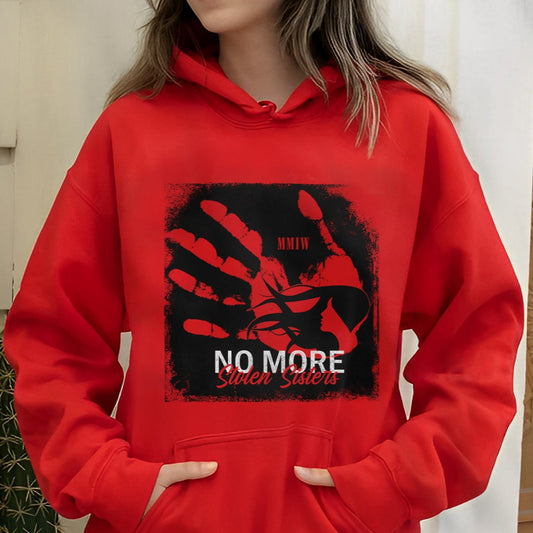
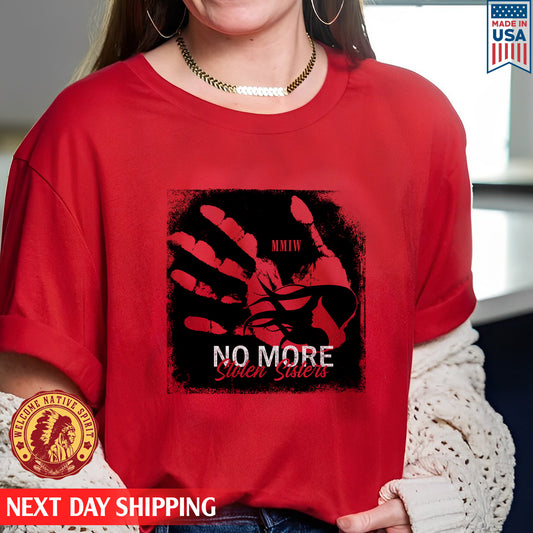
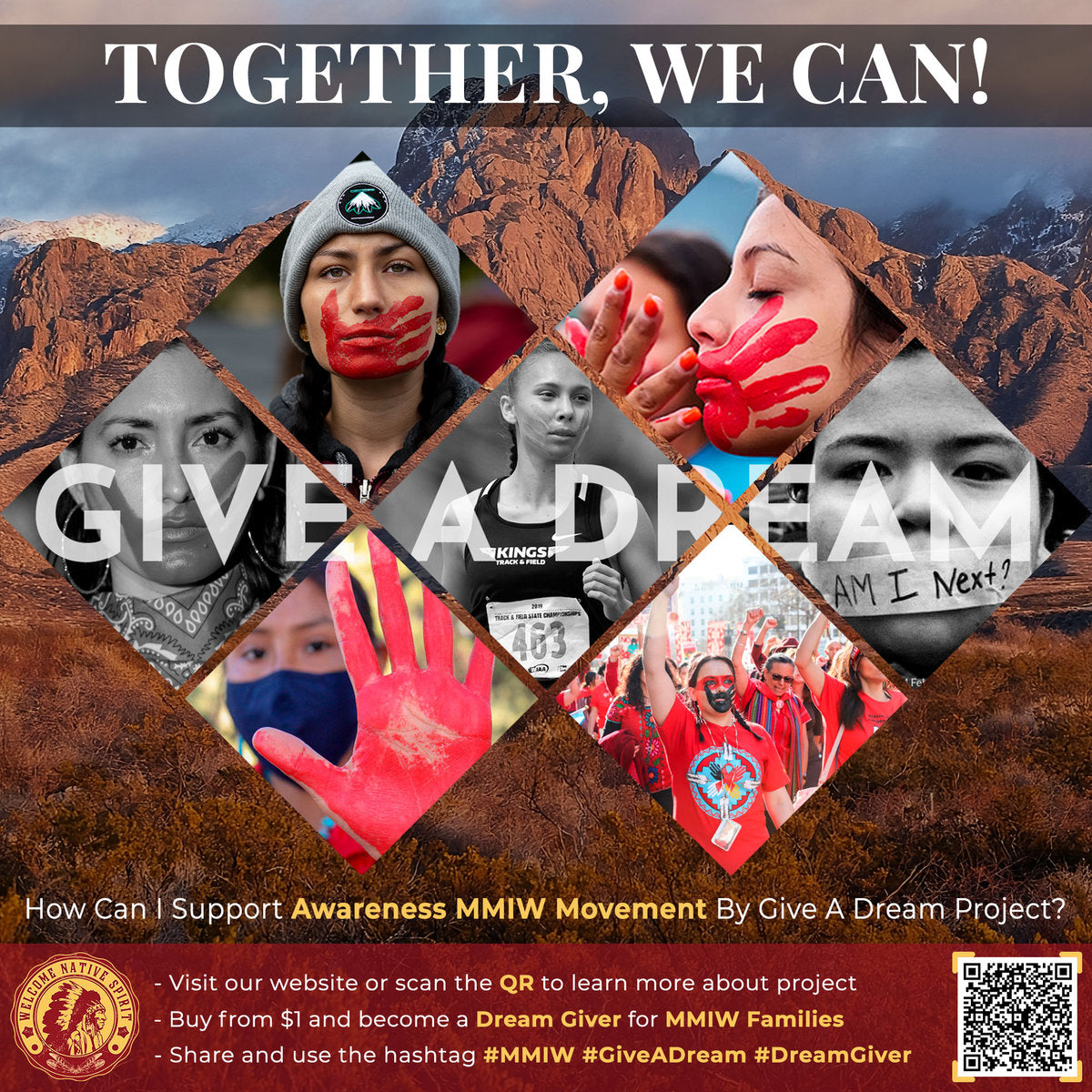
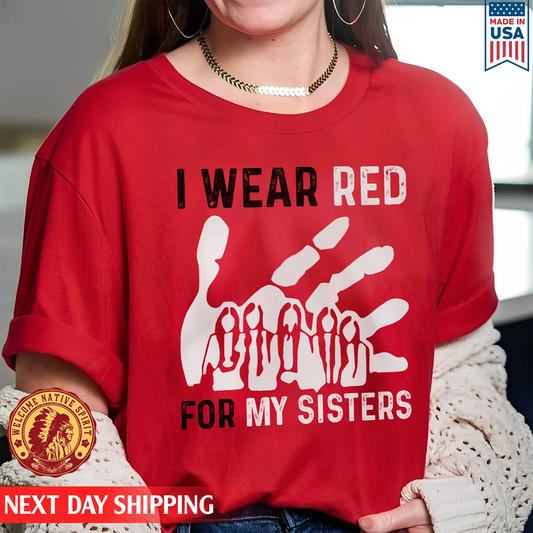
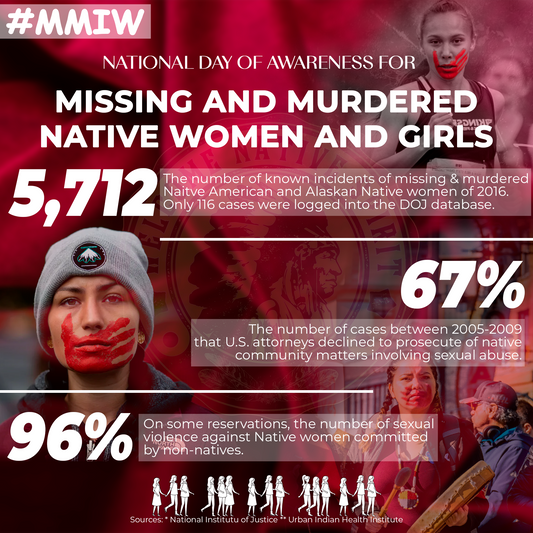
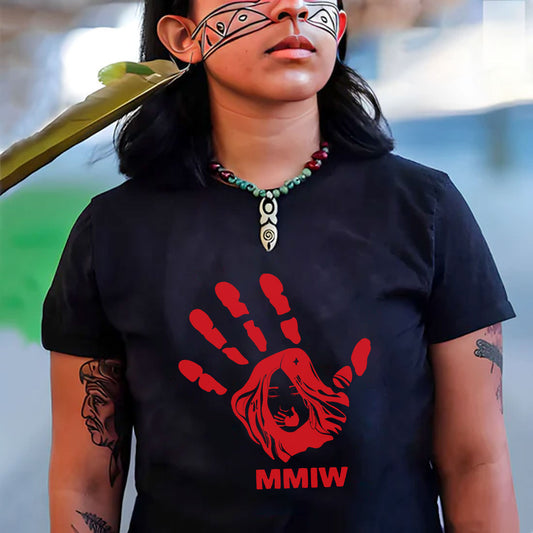
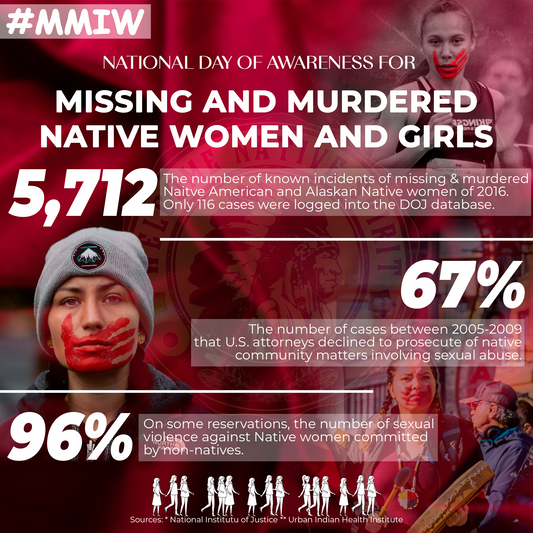
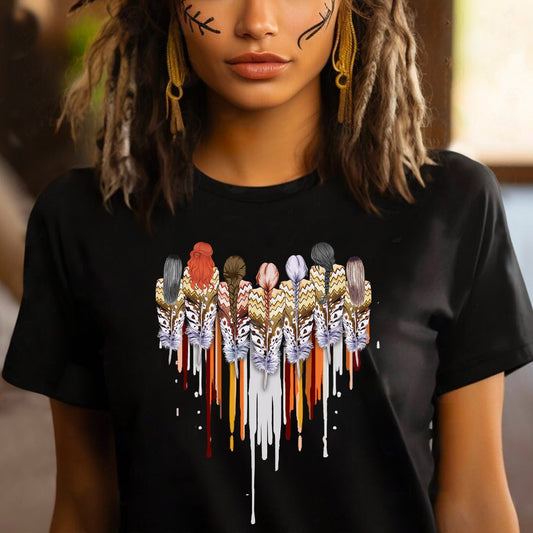



3 Comments
Thank-you for sharing the authentic history of the Dream Catcher. As usual, there are many versions depending upon how much people want to claim it to be their own., but I appreciate you giving us the real origin story.
I did not know this. I handmade a few dream catchers in the 70’s for my mother & sister. I used a wooden circle and leather to wrap around it. I used a thin spun thread like material for the “web”. Now that I know the history I will go back and look at them and see if the history followed mi…thank you for the gained knowledge.
I very much enjoy learning of history and stories , thank you for teaching the truth ✌️